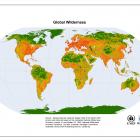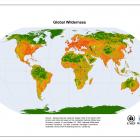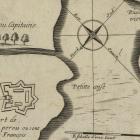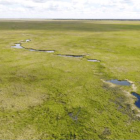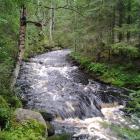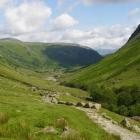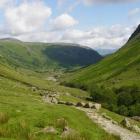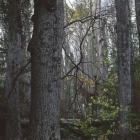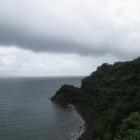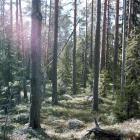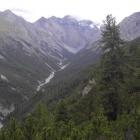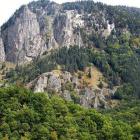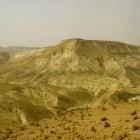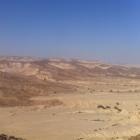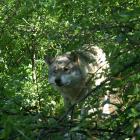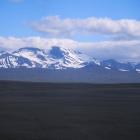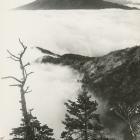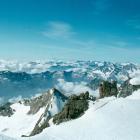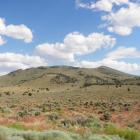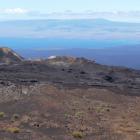Wildernis and woestenij—Dutch
The Dutch translation of the term “wilderness” is at first sight quite straightforward: wildernis. It denotes an area that is not visibly organized, structured or touched by the activities of mankind. The term denotes a “rough” area that is not easily accessible. This is expressed more strongly in the synonym for wildernis: woestenij. The latter term means “savage situation or area” (woest = “savage, fierce, or ferocious”). This word, interestingly enough, is related to the word woestijn, which is used for deserts, and which also contains the root woest. So, a desert, in Dutch, is a “savage area,” with an emphasis on the harsh environment and the lack of human influences. The two words come from the same origin, but woestenij in current Dutch is broader; it incorporates savage land across the planet, whereas woestijn denotes a sandy region with high temperatures and little to no rainfall.
Ever since the urbanization of Western Europe, the Dutch have had less and less exposure to really pristine and untouched natural areas. The term wildernis is therefore used for areas that are not visibly and recently touched by people. Thus, a meadow can be called wildernis if it is devoid of signs from human intervention, even though meadows are not “natural” to the Dutch landscape and therefore show past human activity. Wildernis does not have a pronounced negative meaning in the Dutch language, but no positive associations are linked to it either. The term woestenij, however, is usually regarded more negatively. One can say about something that it is a woestenij, and mean that it is chaotic, unorganized, and unstructured. In this sense, the word can also be used to refer to human-built structures or activities, and denotes that something is “disorderly,” rather than suggesting an absence of human activities. Wildernis is seldom used in such a setting; the word is almost exclusively used for nature-related issues.
What does wilderness mean in your language? Browse “Wilderness Babel” via the map.
Live map showing the location of the languages featured in the virtual exhibition. What does wilderness mean in your language? Browse “Wilderness Babel” via the map.



